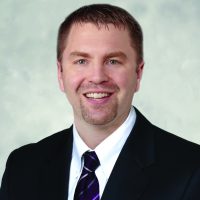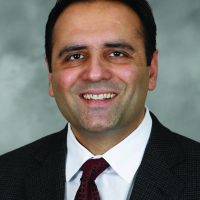As modern medicine helps people live longer and catch certain conditions earlier, cardiologists are diagnosing a wider range of problems in a larger pool of patients.
But those same advances are helping physicians provide treatment in a much less invasive way.

At IU Health North in Carmel, doctors are using cardiac-specific MRI and CT scans and ultrasounds with 3-D capability to look inside the heart without surgery, according to Nathan Lambert, director of cardiology for IU Health North, Saxony and Tipton hospitals.
Other new technologies also are helping make treatment less painful for patients, he said, and some procedures that once required a trip to the operating room can now be done in a cardiac catherization lab.
“Everything is becoming less invasive, and we are focusing more on being proactive in preventing heart disease,” Lambert said. “For example, there is still a role for bypass surgery for heart and vascular blockages, but we can treat many of these blockages with balloons and stents, including in the heart and in the legs, which is much less invasive than open surgery.”
Future treatments are only expected to make the patient experience even better. Artherosclerosis, a common buildup of plaque that often leads to heart attack, stroke and other problems, can sometimes present in places very difficult to place a stent. Eventually, its location may not be a major concern.

“We will soon have technology that breaks down this calcium using ultrasound, similar to breaking stones in the kidneys. This will make a lot of very complex cases of advanced atherosclerosis much easier to treat,” said A. Farooq Iqtidar, interventional cardiologist at IU Health North, Saxony and Tipton hospitals.
Iqtidar said in a few years doctors hope to be able to use nanotechnology to treat atherosclerosis.
“The idea is to use nanoparticles to reactivate cells within old plaque so that they can reabsorb cholesterol in plaque, thereby shrinking it,” Iqtidar said. “If this is successful, it could be quite revolutionary in how we manage this disease.”
As treatments evolve, traditional methods remain key in preventing heart disease in the first place.
“Know the common risk factors for heart disease: high blood pressure, high cholesterol, diabetes, smoking and family history,” Lambert said. “Do not be in denial about your own risk.”


